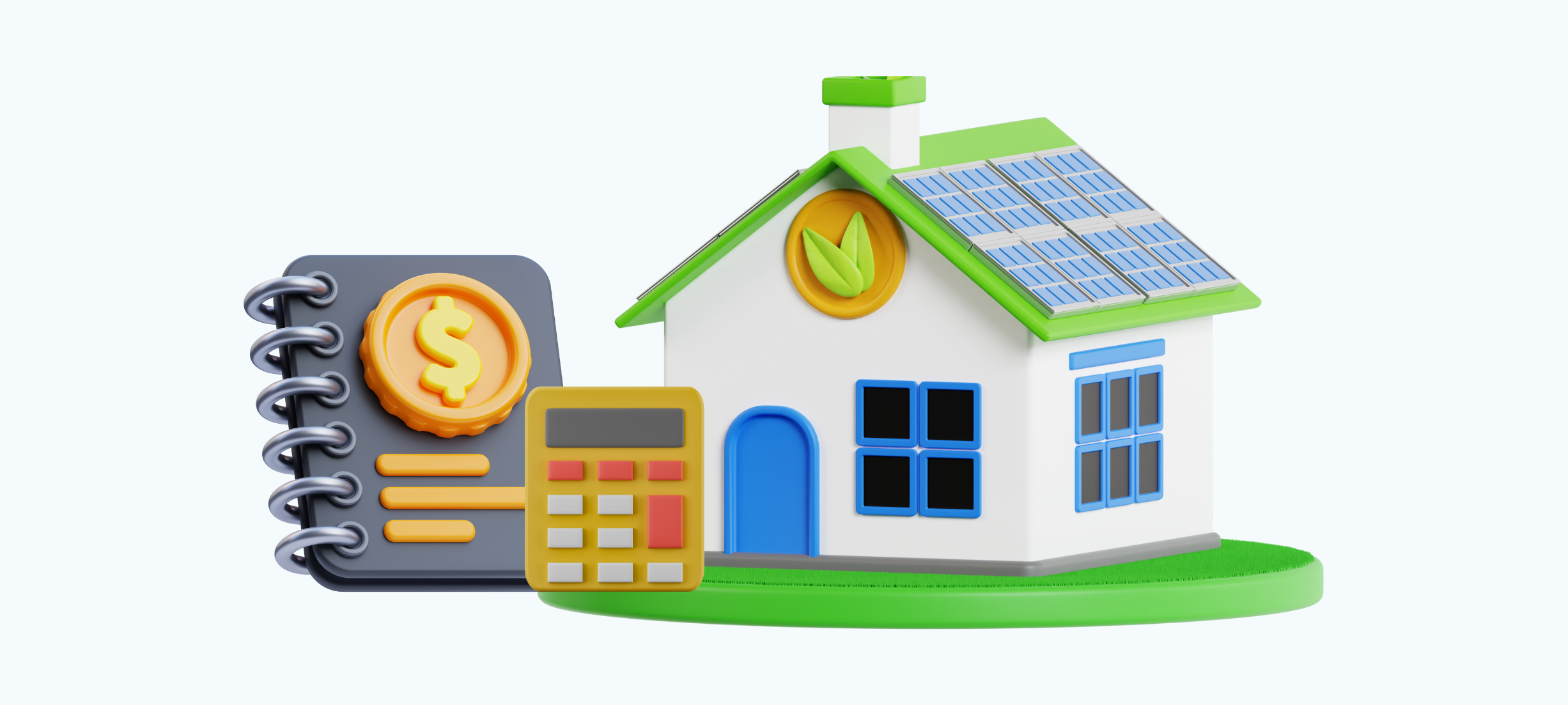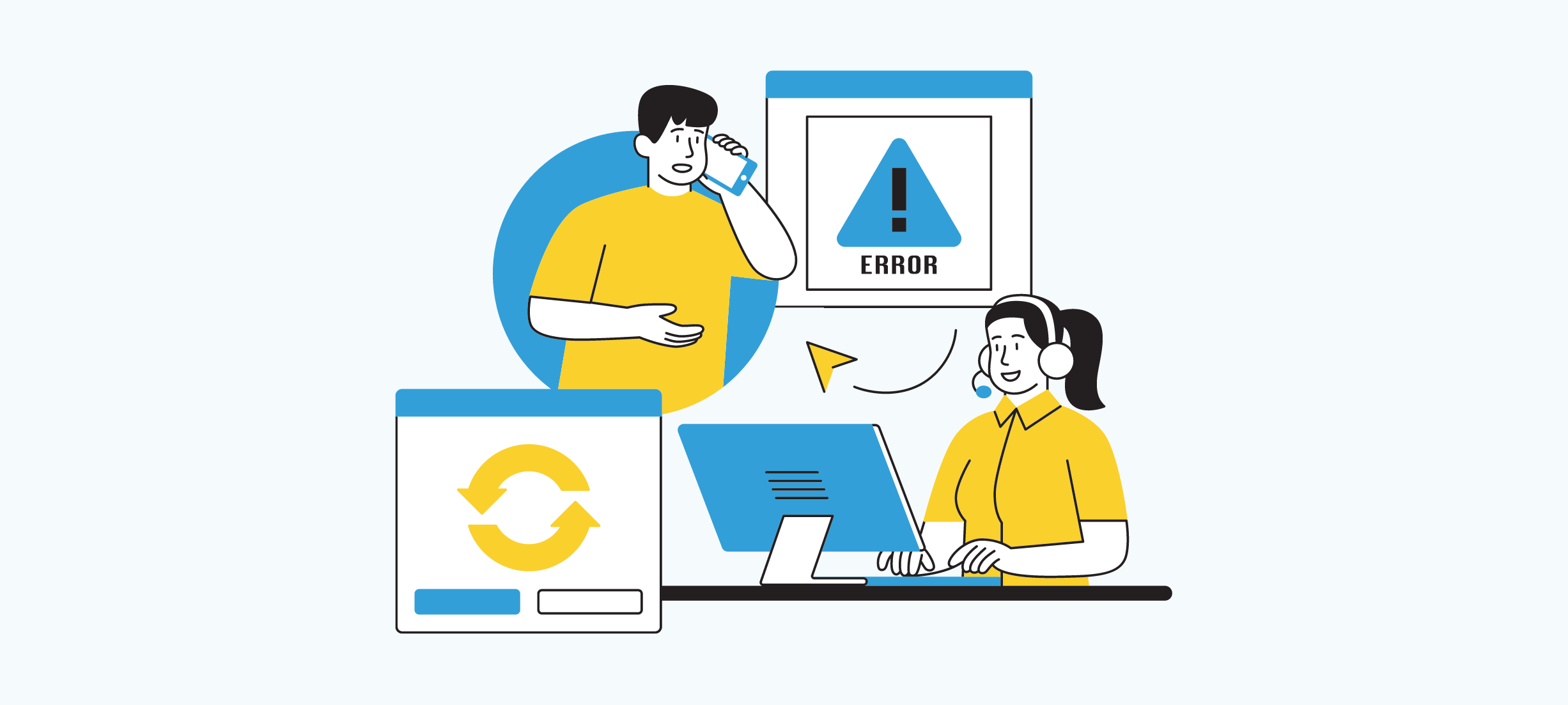
The USA tax system can be confusing for international residents new to their forms and returns. Even if you are not earning money, you still need to comply with the tax regulations. Among many tax forms, Form 8843 is one of the essential forms to be filed for international students and visitors. This guide is for all international residents, including family members and children who depend on them.
Form 8843 is not a tax return. You don’t use it to pay tax or get a refund. It is an information form. It tells the IRS that you are in the U.S. on a temporary visa and should stay a nonresident for tax. Being a nonresident means your U.S. tax is usually easier.
The form’s full name is “Statement for Exempt Individuals and Individuals with a Medical Condition.” It mainly helps people on student and exchange visas show the IRS that some days they spend in the U.S. should not count when the IRS checks if they must file taxes like a U.S. resident.
The U.S. has a rule called the Substantial Presence Test. This test checks how many days you stay in the country. If you stay too long, you may be a tax resident. Tax residents must report worldwide income and file more forms. But if you file Form 8843, you can claim that some or all days do not count. This keeps you a nonresident and your tax filing simpler.
You must file Form 8843 if:
If you fit any of these and you’re a nonresident for tax, you must file Form 8843 every year you’re in the U.S. even if you earned no money. This rule surprises many students. They think no income means no paperwork. That’s wrong.
Add these up. If they equal 183 days or more, you may be a tax resident. Form 8843 lets you remove days that don’t count because you are an “exempt individual.” That’s how many students stay nonresidents for tax.
Say you are an F-1 student who arrived in the U.S. in August 2023. You stayed all year in 2024. You study until May 2025. Without Form 8843, the IRS may count all these days toward the test. If you file it, you can keep days out of the count because students are exempt for up to five years.
The form is short but must be filled out carefully. You need to share:
If you are here for medical reasons and could not leave, you explain that too.
Each dependent must file their own Form 8843. For example, if you bring your spouse and child on F-2 visas, they each must file one too — even if they didn’t work or study. Parents often miss this and only file for themselves. Don’t make that mistake.
It depends. If you worked in the U.S. or earned taxable income, you must file a federal tax return too — usually Form 1040-NR for nonresidents. In that case, attach Form 8843 to your tax return and mail them together by April 15.
If you had no U.S. income and only need to file Form 8843, you don’t file a tax return. Just mail Form 8843 by itself. You get a later due date — June 15.
If you file Form 8843 alone (no tax return), mail it to:
Department of the Treasury
Internal Revenue Service Center
Austin, TX 73301-0215
If you attach it to your 1040-NR, mail them together to the address for your tax return.
If you skip Form 8843, the IRS may count all your days in the U.S. This can change your tax status to resident, which means more taxes and forms. It can also cause trouble with visas or green cards later. Staying compliant shows you followed U.S. tax laws during your stay.
Here are mistakes many students make:
Simple Tips to File Right
BookkeeperLive provides affordable bookkeeping and accounting services tailored to your business goals.




Each dependent must file their own Form 8843. For example, if you bring your spouse and child on F-2 visas, they each must file one too — even if they didn’t work or study. Parents often miss this and only file for themselves. Don’t make that mistake.
It depends. If you worked in the U.S. or earned taxable income, you must file a federal tax return too — usually Form 1040-NR for nonresidents. In that case, attach Form 8843 to your tax return and mail them together by April 15.
If you had no U.S. income and only need to file Form 8843, you don’t file a tax return. Just mail Form 8843 by itself. You get a later due date — June 15.
If you file Form 8843 alone (no tax return), mail it to:
Department of the Treasury
Internal Revenue Service Center
Austin, TX 73301-0215
If you attach it to your 1040-NR, mail them together to the address for your tax return.
If you skip Form 8843, the IRS may count all your days in the U.S. This can change your tax status to resident, which means more taxes and forms. It can also cause trouble with visas or green cards later. Staying compliant shows you followed U.S. tax laws during your stay.
Here are mistakes many students make:
Simple Tips to File Right
The USA tax system can be confusing for international residents new to their forms and returns. Even if you are not earning money, you still need to comply with the tax regulations. Among many tax forms, Form 8843 is one of the essential forms to be filed for international students and visitors. This guide is for all international residents, including family members and children who depend on them.
Form 8843 is not a tax return. You don’t use it to pay tax or get a refund. It is an information form. It tells the IRS that you are in the U.S. on a temporary visa and should stay a nonresident for tax. Being a nonresident means your U.S. tax is usually easier.
The form’s full name is “Statement for Exempt Individuals and Individuals with a Medical Condition.” It mainly helps people on student and exchange visas show the IRS that some days they spend in the U.S. should not count when the IRS checks if they must file taxes like a U.S. resident.
The U.S. has a rule called the Substantial Presence Test. This test checks how many days you stay in the country. If you stay too long, you may be a tax resident. Tax residents must report worldwide income and file more forms. But if you file Form 8843, you can claim that some or all days do not count. This keeps you a nonresident and your tax filing simpler.
You must file Form 8843 if:
If you fit any of these and you’re a nonresident for tax, you must file Form 8843 every year you’re in the U.S. even if you earned no money. This rule surprises many students. They think no income means no paperwork. That’s wrong.
Add these up. If they equal 183 days or more, you may be a tax resident. Form 8843 lets you remove days that don’t count because you are an “exempt individual.” That’s how many students stay nonresidents for tax.
Say you are an F-1 student who arrived in the U.S. in August 2023. You stayed all year in 2024. You study until May 2025. Without Form 8843, the IRS may count all these days toward the test. If you file it, you can keep days out of the count because students are exempt for up to five years.
The form is short but must be filled out carefully. You need to share:
If you are here for medical reasons and could not leave, you explain that too.
Each dependent must file their own Form 8843. For example, if you bring your spouse and child on F-2 visas, they each must file one too — even if they didn’t work or study. Parents often miss this and only file for themselves. Don’t make that mistake.
It depends. If you worked in the U.S. or earned taxable income, you must file a federal tax return too — usually Form 1040-NR for nonresidents. In that case, attach Form 8843 to your tax return and mail them together by April 15.
If you had no U.S. income and only need to file Form 8843, you don’t file a tax return. Just mail Form 8843 by itself. You get a later due date — June 15.
If you file Form 8843 alone (no tax return), mail it to:
Department of the Treasury
Internal Revenue Service Center
Austin, TX 73301-0215
If you attach it to your 1040-NR, mail them together to the address for your tax return.
If you skip Form 8843, the IRS may count all your days in the U.S. This can change your tax status to resident, which means more taxes and forms. It can also cause trouble with visas or green cards later. Staying compliant shows you followed U.S. tax laws during your stay.
Here are mistakes many students make:
Simple Tips to File Right
BookkeeperLive provides affordable bookkeeping and accounting services tailored to your business goals.





No calls, No meetings, No spam. Get started with a free trial by filling out the form.
*NDA included for your data protection.
Copyright © 2025 BookkeeperLive. All rights reserved. Privacy Policy Terms of Use
Enter the code, fill out the form, and unlock financial clarity with a free trial.